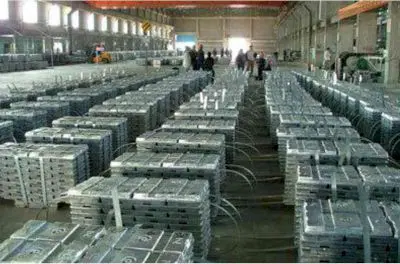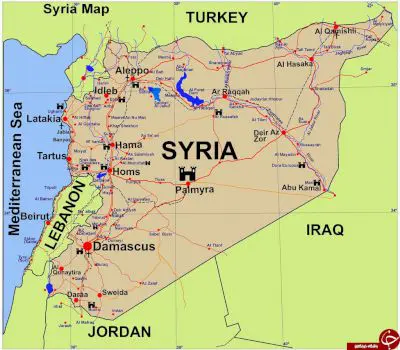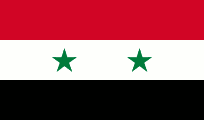Zinc Prices in Syria
Syria is located in West Asia, north of the Arabian Peninsula in the Middle East. Zinc is used as a base metal to galvanized steel. The Syrian government grants temporary imports of goods to other countries without paying taxes in the following cases. Zinc is the fourth most consumed metal in the world after iron, aluminum, and copper. Syria is a pristine export market for Iranian products due to the situation in Syria due to sanctions. Zinc is a metal with the abbreviation Zn and atomic number 30 and is in the category of basic metals
Add your import and export orders to this list
Warning: Undefined variable $formTitle in /home/anbar/domains/anbar.asia/anbar/inc/html/desktop/orderform.php on line 10
Warning: Undefined variable $marketName in /home/anbar/domains/anbar.asia/anbar/inc/html/desktop/orderform.php on line 12
Warning: Undefined variable $location in /home/anbar/domains/anbar.asia/anbar/inc/html/desktop/orderform.php on line 12
If you want to trade in the , please join in Anbar Asia. Your order will be shown here, so the traders of contact you

Syria earns millions of dollars annually through its ports on the Mediterranean Sea. Strength, Hardness, Flexibility and Conductivity of Zinc are significant in industry. The banking system in Syria is under the control of the Syrian government, and all Syrian banks operate under the Ministry of Economy and Trade. Shahrekord Factory in Iran is a producer of zinc ingots with modern world standards and different grades
- Syria Silver Market
- Syria Gold Market
- Syria Zinc Market
- Syria Steel Market
- Syria Copper Market
- Syria Aluminum Market

Zinc (Zn) is a metal found in abundance in the earth's crust and is widely used in industrial and biological applications. Zinc is brittle at room temperature and blue-white. Zinc is commonly found in mineral deposits along with other base metals such as copper and lead sheets.
Read More ...
Syria's highest point is Mount Jabal al-Sheikh, 2,814 meters (9,232 feet) on the Lebanese border. Semi-arid steppe zones, nestled between the wet shores of the Mediterranean on one side and the desert on the other, cover about three-quarters of the country. These steppe zones host hot, dry winds blowing through the desert.
Read More ...
